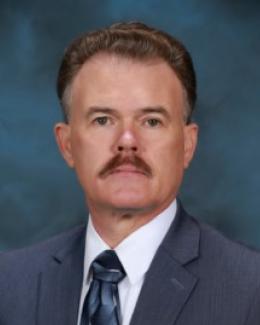Abstract
The present computational work analyzes singlet fission (SF) as a pathway for multiplication of photogenerated excitons in crystalline polyacenes. Our study explores the well-known crystalline pentacene (C22H14) and the prospective and potentially interesting doped B,N-pentacene (BC20NH14). At the molecular level, the singlet fission process involves a pair of neighboring molecules and is based on the coupling between an excited singlet state (S1S0) and two singlet-coupled triplets (1T1T1), which, typically, is influenced by an intermolecular charge transfer state. Taking data from periodic density functional theory and ab initio wave function calculations, we applied the non-orthogonal configuration interaction method to determine electronic coupling parameters. The comparison of the results for both equilibrium structures reveal smaller SF coupling for pentacene than for B,N-pentacene by a factor of ∼5. Introduction of the dynamic behavior to the crystals (vibrations, thermal motion) provides a more realistic picture of the effect of the disorder at the molecular level on the SF efficiency. The coupling values associated to out-of-equilibrium structures show that most of the S1S0/1T1T1 couplings remain virtually constant or slightly increase for pentacene when molecular disorder is introduced. Homologous calculations on B,N-pentacene show a generalized decrease in the coupling values, notably if large phonon displacements are considered. A few of the structures analyzed feature much larger SF coupling if some distortion results in (nearly) degenerate charge transfer and excited singlet and triplet states. For these particular situations, an acceleration of the SF process could occur although in competition with electron–hole separation as an alternative pathway.


